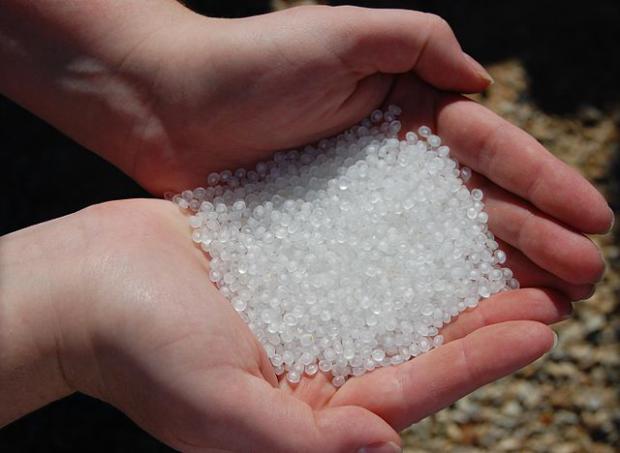
Breaking News
 Bitcoin Circular Economies and a Bridge Between Las Vegas and Peru
Bitcoin Circular Economies and a Bridge Between Las Vegas and Peru
 'Right of Return' for Israeli Child Predators Fleeing U.S.
'Right of Return' for Israeli Child Predators Fleeing U.S.
Top Tech News
 Magnetic Fields Reshape the Movement of Sound Waves in a Stunning Discovery
Magnetic Fields Reshape the Movement of Sound Waves in a Stunning Discovery
 There are studies that have shown that there is a peptide that can completely regenerate nerves
There are studies that have shown that there is a peptide that can completely regenerate nerves
 Swedish startup unveils Starlink alternative - that Musk can't switch off
Swedish startup unveils Starlink alternative - that Musk can't switch off
 Video Games At 30,000 Feet? Starlink's Airline Rollout Is Making It Reality
Video Games At 30,000 Feet? Starlink's Airline Rollout Is Making It Reality
 Automating Pregnancy through Robot Surrogates
Automating Pregnancy through Robot Surrogates
 SpaceX launches Space Force's X-37B space plane on 8th mystery mission (video)
SpaceX launches Space Force's X-37B space plane on 8th mystery mission (video)
 This New Bionic Knee Is Changing the Game for Lower Leg Amputees
This New Bionic Knee Is Changing the Game for Lower Leg Amputees
 Grok 4 Vending Machine Win, Stealth Grok 4 coding Leading to Possible AGI with Grok 5
Grok 4 Vending Machine Win, Stealth Grok 4 coding Leading to Possible AGI with Grok 5
Microplastics are EVERYWHERE: Yes, even in your gut and the food you eat, warn scientists

These findings, which were published in the Annals of Internal Medicine, showed that people ingest at least 50,000 microplastics annually.
Despite the various studies on the adverse effects of microplastics on the environment and animal life, experts have yet to determine how exactly exposure to microplastics affects humans. However, researchers have expressed their worries about how microplastics can accumulate toxic chemicals, which may then enter the bloodstream once you consume tainted food or beverages like bottled water.
Microplastics and gut health
According to the researchers from the Medical University of Vienna (MedUni Vienna) in Austria who conducted the study, you ingest microplastics when you eat certain kinds of foods and beverages.
Study findings also showed that it's not just humans who unknowingly have microplastics in their bodies: Even aquatic animals are exposed to microplastics, which then enters your body when you consume fish and other kinds of seafood.
The researchers worked with participants from around the world. For the study, they examined stool samples taken from the volunteers. Results revealed that the samples contained nine different types of microplastics.
Philipp Schwabl, the study's lead researcher from MedUni Vienna, explained that as the first study of its kind, it confirms something experts have already suspected: that microplastics inevitably end up in the human gut.
Pieces of plastic and PET
Upon examining data from the eight participants who came from Austria, Finland, Italy, Japan, the Netherlands, Poland and Russia, the researchers discovered that all of the fecal samples contained hundreds of pieces of plastic.
The volunteers kept a food diary in the week before the researchers took stool samples. The diaries revealed that they were all were exposed to plastics by consuming plastic-wrapped foods or consuming beverages in plastic bottles. None of the participants were vegetarians, with six of them reporting that they consumed fish.

 How Great Powers Fall Apart
How Great Powers Fall Apart
 Zionism Is What It Does
Zionism Is What It Does HERE COMES THE MOTHERSHIP
HERE COMES THE MOTHERSHIP Venus Aerospace Hypersonic Engine Breakthroughs
Venus Aerospace Hypersonic Engine Breakthroughs

